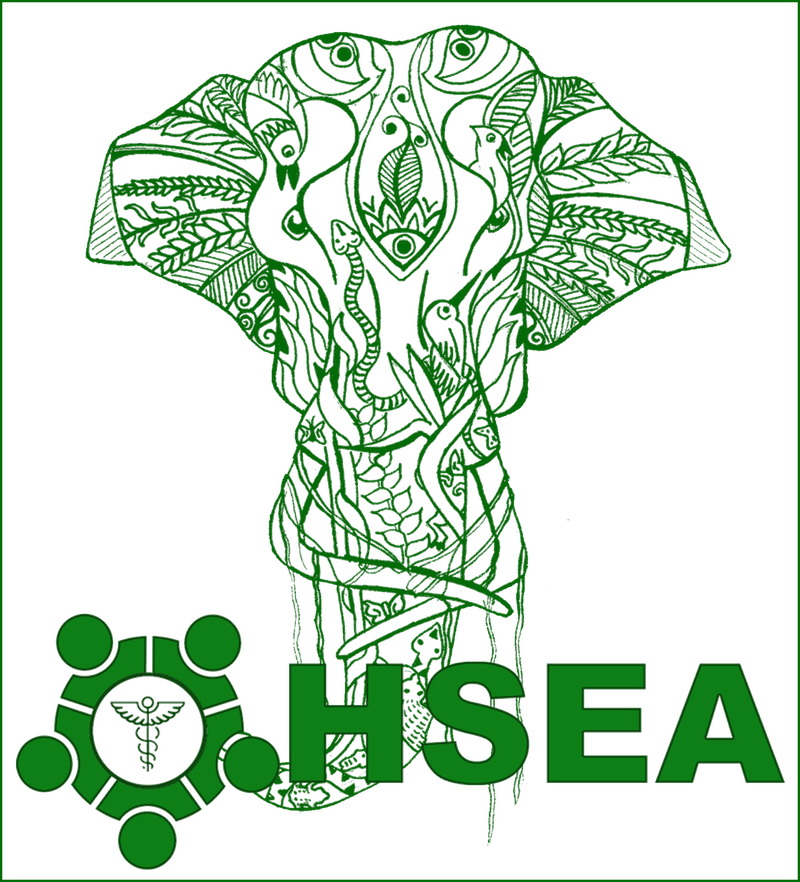Southeast Asia tick species determination key
PITCH
INTRODUCTION TO THE PROJECT
Worldwide, ticks are second to mosquitoes as vectors of pathogens that affect humans, and are the most important ectoparasite of livestock, causing economic losses through direct adverse effects on animal condition and indirect effects through the many pathogens they transmit. Moreover, due to the intensification of human and animal movements and to socio-economic and environmental changes, the geographical distribution of several tick species is expanding and emergence or re-emergence of tick-borne diseases (TBD) is a growing problem in the One Health context, including in Southeast Asia (SEA).
Recently, outbreaks of Anaplasmosis and African Swine Fever have been reported in Malaysia for the first time, and throughout the SEA region thereafter. Several outbreaks of Bovine babesiosis, a fatal disease affecting livestock, have been recorded in the northern regions of Thailand. Similarly, Bacterial zoonotic TBD (Q fever, rickettsiosis, ehrlichiosis, anaplasmosis) was recently reported to circulate in China- South East Asia while Borreliosis – a bacteria of main concern in Europe for its implication in Lyme disease affecting humans- has been detected in Indonesia and in Nepal. In addition, tick control relies on treating animals with acaricides, and these chemicals cause environmental pollution, represent a health risk, and give rise to pesticide resistant tick strains. Achieving sustainable animal production requires the preservation of the health and welfare of livestock species and the management and mitigation of disease risks, to ensure the efficient production of safe and high-quality agricultural products and to protect and improve the socio-economic conditions of local communities.
Preparedness is key but some countries, such as Cambodia and Lao PDR, have limited capabilities to detect, identify, and effectively respond to emergencies. Ticks’ basic background information is lacking (only 97 tick species have been identified in SEA countries).
No identification key exists to identify tick species present in this world region : Currently, there is only one incomplete identification key regrouping 16 Amblyomma species from SEA region, one sporadic key regrouping only 5 Dermacentor species from “Oriental zoogeographic” region, and one key of only 24 Haemaphysalis species from Thailand.
The goal is to create and develop a complete and updated taxonomic key for tick species identification for SEA to freely distributed to all public and private actors, to perform an inventory of tick species present in Cambodia and Lao PDR
In parallel to the creation of the tick identification key and its dissemination throughout SEA, the implementation of MALDI-TOF databases will be initiated thanks to ticks collected in the field in Cambodia and Lao PDR (with the involvement of veterinary and farm actors).
PROJECT IN ACTION
Task 1 : Creation of the tick identification key and its dissemination throughout SEA
One classical dichotomous identification key & One key by morphological characters : The key focuses on the ticks species present in SEA and will be freely distributed to all public and private actors, so each entity (Ministry, University, IPC) can be independent in the recognition of species in SEA.


Task 2 : Initiate the implementation of MALDI-TOF databases thanks to ticks collected in the field in Cambodia and Lao PDR. These databases will be further used in research projects in order to performed tick species identification as well as tick-borne pathogens detection
The morphological determination and MALDI-TOF database will be realized at IPC (Cambodia), under the supervision of Dr. Antsa Rakotonirina (post-doc present in Medical and Veterinary Unit and specialist of MALDI-TOF). In the future, this MALDI-TOF database could be used to confirm tick species identification.
The realized key will be published and freely distributed to all partner countries (realized in English with scientific drawing to be easy to decipher).
Task 3 : Providing recommendations on vector control methods that should be adapted to the ecology of the targeted species.
NEXT STEPS
-
Sebastien Boyer would like to use the expertise of Nathanaël Maury, an OHSEA trainer in high-resolution photography applied to biodiversity, on ticks. Maury’s photo stacking technique could be applied to micro-photography of ticks.

First preview of ticks through photo stacking (not using micro-photography)

First preview of the usage of microphotography
SEATICKEY ON THE WEB
Our Unit in 2 clicks:
https://www.youtube.com/watch?v=DqLWkmgfeSU
https://www.pasteur-kh.org/medical-and-veterinary-entomology/
CONTACT
Project leader : Sebastien BOYER (sboyer@pasteur-kh.org)
Associated researchers :
Sébastien Marcombe (vcc.sea@gmail.com)
Sarah Bonnet (sarah.bonnet@pasteur.fr)
Countries involved : Cambodia, Laos and France
